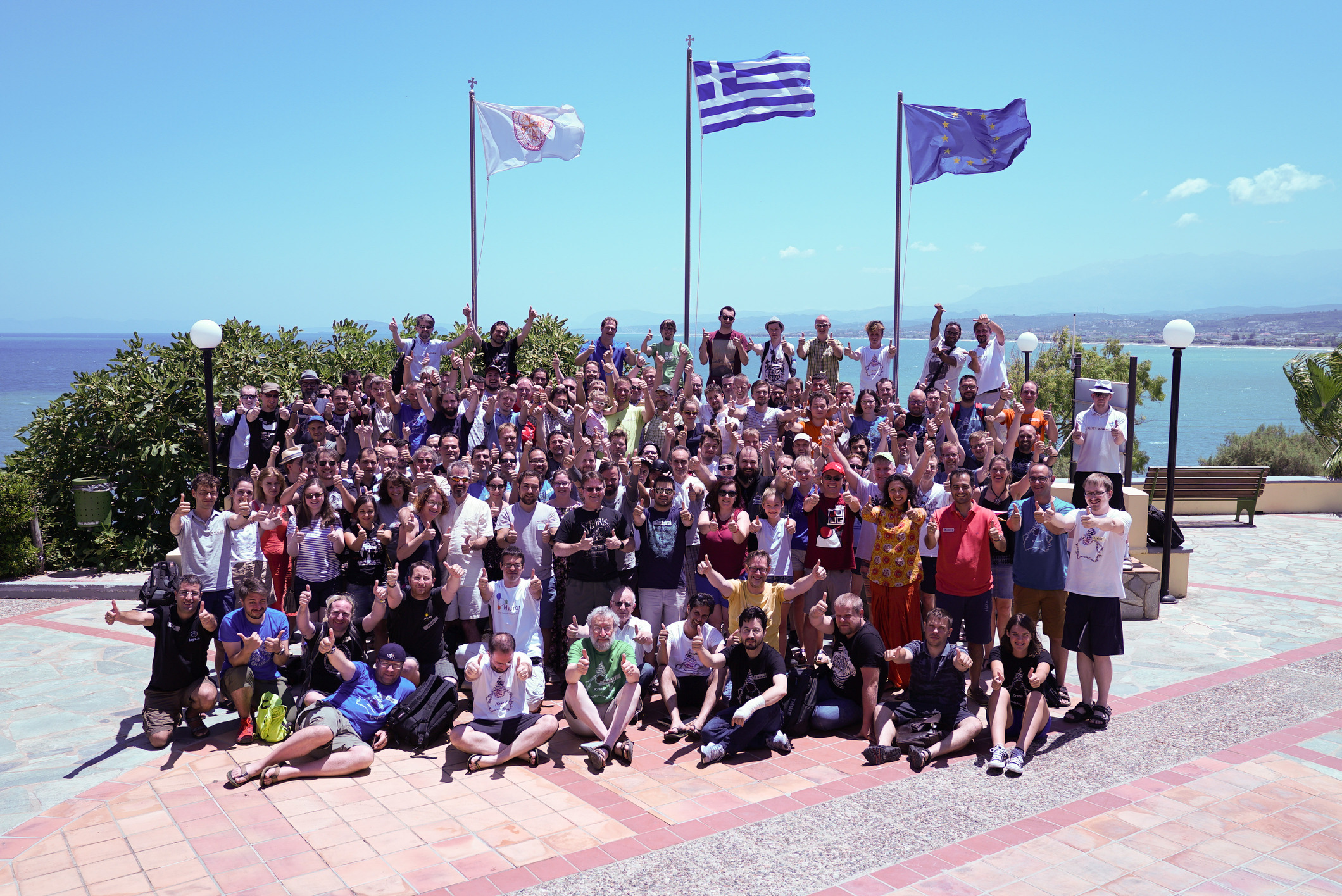2017: It’s all about people
It’s the time of the year to write some recaps. I did this last year and the year before and I will continue that.
We live in highly technologized world, but what’s it all about if not people?
That picture was taken by Stephen Chin at the last day of JCrete 2017 and pretty much sums up the last year. If you click the link and look closely, you’ll find me right behind Heinz. I remember chatting with Heinz at the end of 2016 and the possibility of joining JCrete for one time and 7 months later, it actually happened. Incredible. Even if my first book arc42 by example has now been sold nearly 1500 times, that wouldn’t qualify me. Also, I am no Java Champion that would have qualified me and so I was very happy about the fact that JCrete opened up for more visitors. As written in the recap linked above: A once in a lifetime experience.
We organized eight talks at EuregJUG in 2017: Axel Fontaine, Johan Janssen, Michael Plöd, Stefan Tilkov, Mark Heckler, Maaike Brinkhof, Philipp Krenn and Mattias Weßendorf. I am incredible grateful for the success of this user group. I met new and old friends and have the feeling that I have connected some people.
I myself spoke at eight different meetups, user groups and conferences and I plan to continue that. It really enriched my life.
Yesterday I hopefully committed the last big fixes to Spring Boot Buch. My publisher and I agreed that it’s better to wait with publishing until Spring Boot 2 is final. It’s a bit annoying as I want to get this of my chest, but better for the overall quality. If you’re interested about the making of this, I have tagged all the posts about the book accordingly. As I already have published all examples to GitHub (and also did some contributions to other stuff throughout the year), my contributions chart looks very nice this year:

My plans for next year: Focus even more on communication and connecting to and with people. My impressions from current projects are: We have so much technology to solve problems but more often than not, problems that needs to be addressed are not so much of technical but people nature. My German post at INNOQ is mainly about that topic.
Following are some impressions from last year:
Getting wasted with Axel on Belgium beer in Aachen and opening Spring Community Meetup with Michael Plöd in Munich the next day:

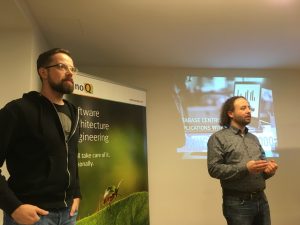
“Playing” with Johanns Lego, recapping the event with Franz, enjoying Marks talk with my wife Christina and meeting Vlad in Cluj:




With Joe, Josh, Mark and Simon from the Spring team at Pivotal at Spring I/O in Barcelona:
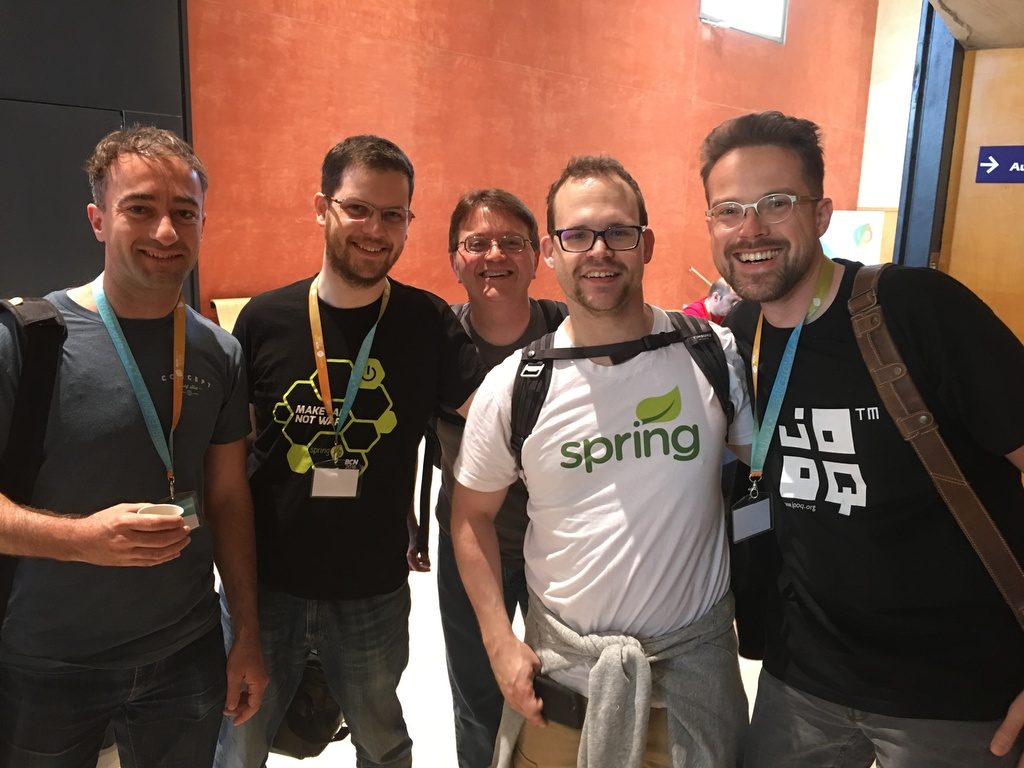
At the same conference with Ingo, Sergi and Kevin:

Impressions from JCrete. Thanks to for your company throughout the week, to Felix for good conversations and Heinz for inviting me:
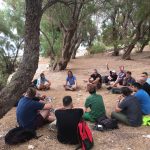



With Chris, Felix, Jürgen and Philipp:
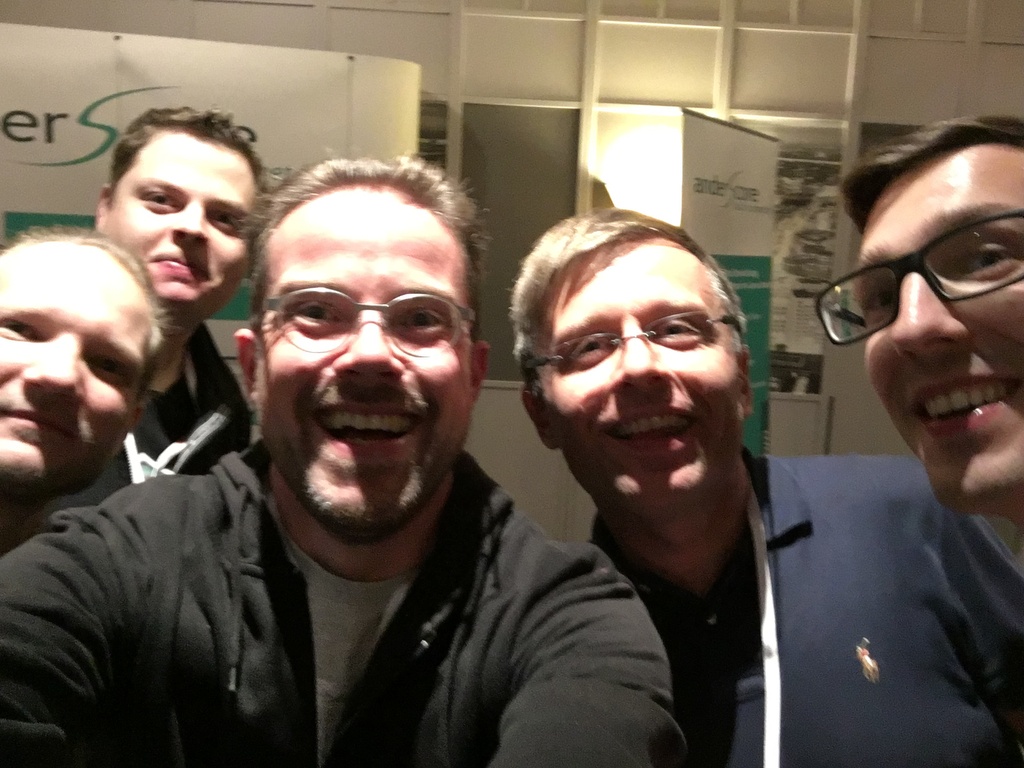
And certainly not forgetting my new colleagues at INNOQ:
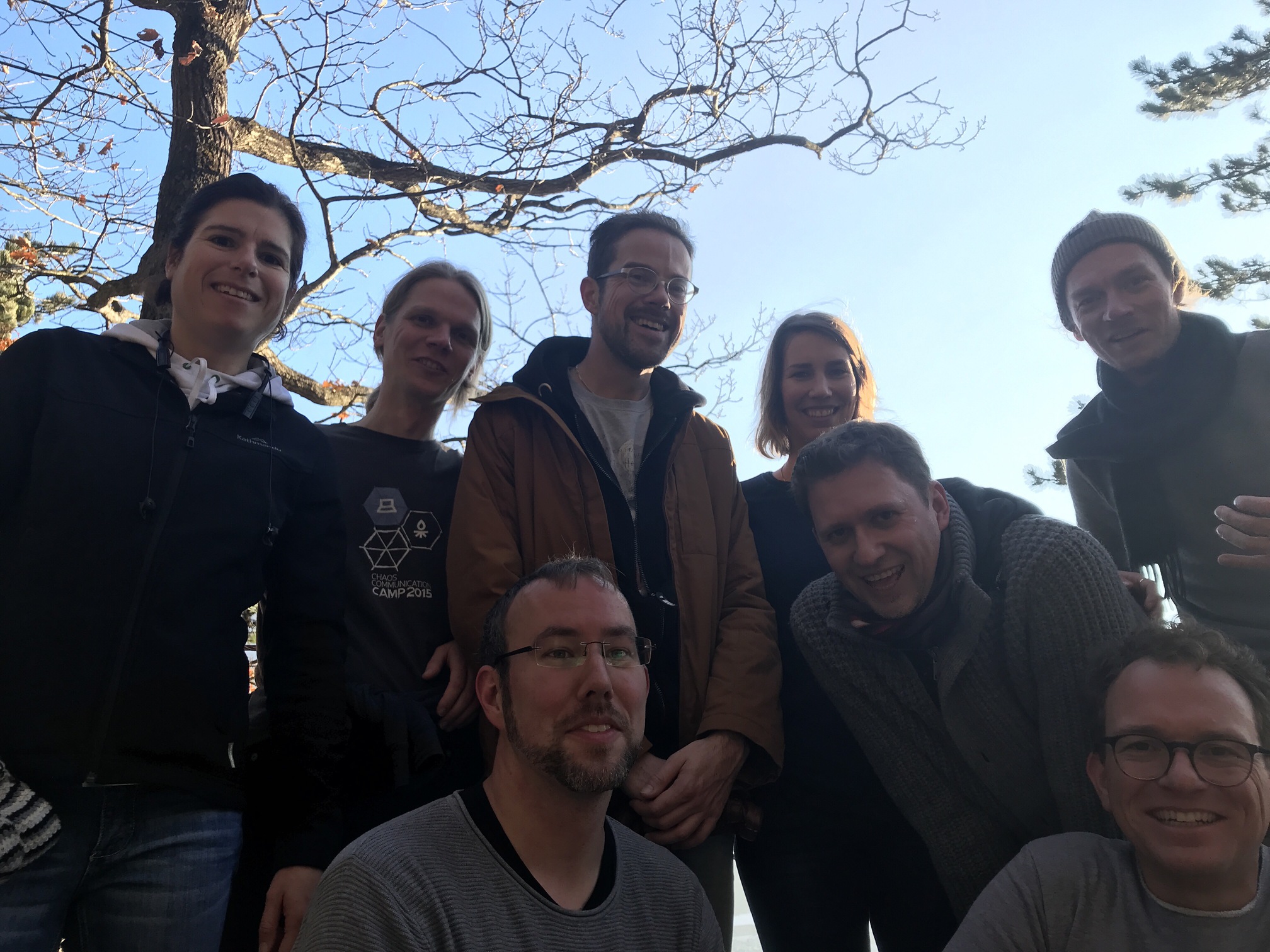
2017 was a good year with a lot of changes, but as my friends at Pivotal say “The only constant is change”, it was a good year. I’m looking forward to the next, having my first printed book published and meeting new and old friends and doing hopefully good work. Please take care of yourself, try to relax some times and step back a bit from the display and enjoy life and the people within.
